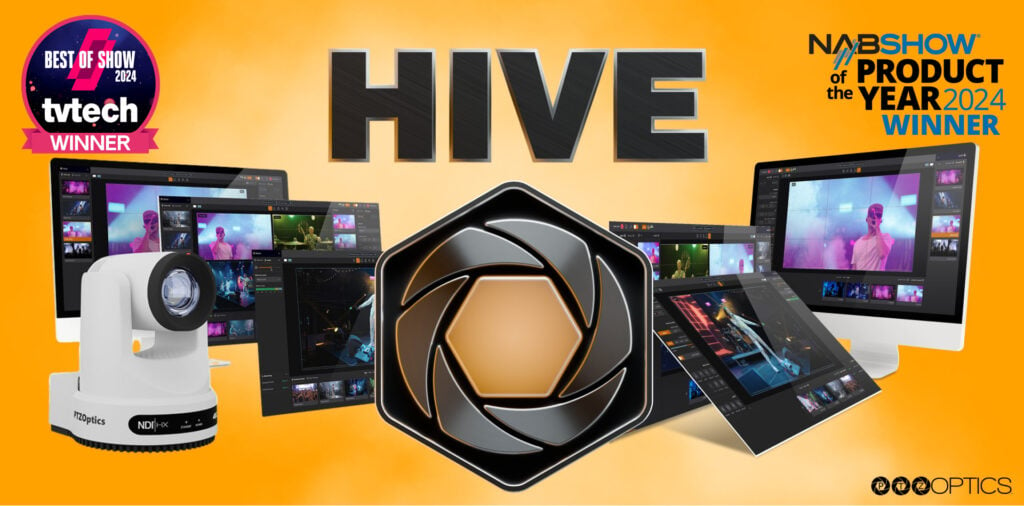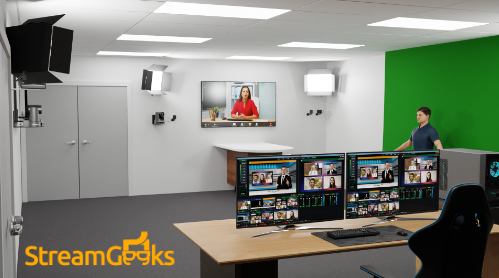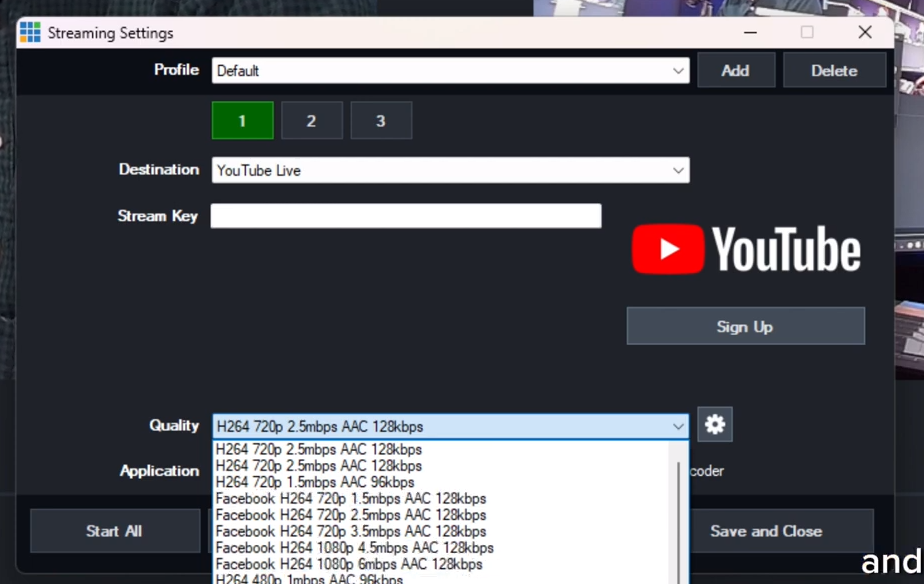Video Marketing Strategy: Facebook vs YouTube
Written by Paul Richards on February 25, 2018
YouTube and Facebook are the world’s largest platforms for advertising video today. It’s interesting to think about how different the Red and Blue giants have become. Facebook is the world’s largest social media network and YouTube is the world’s second largest search engine. As online video continues to dominate the internet, Google predicts that video will represent 80% of all internet traffic by 2020.

Video Marketing YouTube and Facebook
YouTube’s approach to delivering video is based on what users are searching for. As a search engine, YouTube’s algorithm uses its database of video and user preferences to deliver the most relevant content for users. Google has publicly stated that the algorithm is trying to predict the searchers intent. Therefore YouTube’s algorithm is designed to deliver the highest quality content possible based on everything they know about the user habits and their current search phrase. How YouTube determines what the search engine delivers is an incredibly complicated equation that is purposely left mysterious by Google. Most experts agree that video watch time and search phrase relevance are the two most important video ranking attributes. YouTube wants to keep viewers on the platform for as long as possible. If a video is keeping audiences engaged for long periods of time, this signals to the algorithm that the viewer queries are relevant to this content. These signals can make a video go viral or keep it from being suggested to other users.
Facebook’s approach to delivering video could not be more different. As a social media platform, Facebook is rarely used as a search engine. Most Facebook users are keeping up with friends and family in their newsfeed. For many users, Facebook is an immediate escape from boredom. The average user spends almost forty minutes a day looking for a mixture of friends, family, and entertainment. On Facebook, videos are generally delivered in between posts from a users friends. This might sound awkward, but the platform is built for advertisers to succeed. There is a unique opportunity to delight Facebook users at the moment they are scrolling through a virtually endless newsfeed. Have you ever seen an advertisement on Facebook that mentioned other friends you have that like this a sponsored post? Facebook can provide social proof for brands like no other platform.
While YouTube and Facebook are incredibly different, both offer endless advertising opportunities for businesses. YouTube’s platforms leverage the innovative Google AdWords system. Many advertisers have been using this platform for years. Facebook has a similar online advertising platform. Unlike AdWords, Facebook has integrated advertising opportunities directly into the social media platform. Facebook will automatically recognize advertising opportunities and notify content owners below a post. For example, Facebook may tell you that your content is performing well with 35-55-year-old males. Facebook will then suggest a targeted advertising campaign based on your regularly selected budget.

Youtube remarketing Video campaign
Many people don’t realize that YouTube videos can be advertised with keywords. Unlike buying AdWord advertisements on the front page of Google, YouTube videos are either recommended or inserted into other videos on YouTube. AdWord clicks on Google’s search engine can costs anywhere from one penny to hundreds of dollars each. These targeted keyword clicks are almost always more expensive than advertising videos. I have found the average cost per view on YouTube is generally $.01-.03. I do believe that Google AdWords clicks are more valuable than YouTube video views in many ways. It’s much easier to judge a users intent to buy with keywords from a Google search versus a subscription to your YouTube channel. Most YouTube viewers are in the mood to watch the video. This is a great opportunity to prime viewers to interact further with your brand but it doesn’t compare to a Google Search. On Google people are searching for something they want. No matter which platform you use, advertisers are only charged when a user actually clicks or watches a video. Advertisers are not usually charged for impressions.

Facebook Demographics
The remarketing tools available from Google and Facebook take advertising values to another level. While demographic controls provide general guidance for audience building, remarketing to engaged users and website visitors offer advertisers higher probability of conversion. Facebook’s website viewer tracking tool is called the “Facebook Pixel”. The Pixel is a piece of code that can be installed on your website to identify Facebook users that have visited your website for up to 180 days. Google has a similar tracking code. These codes help advertisers built up lists of people that are already familiar with your brand. You can trigger advertising campaigns to follow around users who have recently visited your website in a given amount of time. If a user visited in the past 24 hours perhaps you have a special offer for them? Businesses small and large can target audiences based on very specific information. The amazing part about these platforms is that they become more powerful as you use them. Why advertise to the entire world when you have 100,000 people who have already visited your website without purchasing? Why wouldn’t brands retarget their most engaged content consumers?
YouTube and Facebook offer unique audience building value. Unlike a webpage click, on YouTube and Facebook advertisers can grow audiences. Facebook calls their audiences “Likes” and YouTube simply calls these audiences “Subscribers”. Once viewers like your Facebook page or subscribe to your YouTube channel, the platforms will deliver start to deliver your content for free. YouTube subscribers are delivered digest emails about the latest content from the user’s subscribers. The YouTube homepage will also prioritize content based on the user’s subscriptions. Facebook will prioritize newsfeed information in a similar way.
Understanding the unique nuances on YouTube and Facebook is critical for successful social media marketing. New businesses using the platform need to learn how to effectively build an audience. For our business building, an audience of customers and prospects is the ultimate goal of social media marketing. Once your business has an audience, the likelihood of content being sharing and organically ranking for searches greatly increases.
With audience building as a primary goal, businesses need to rethink their marketing goals. Creating content that turns strangers into subscribers becomes a top priority. The simplest tip to start with this goal is to simply ask viewers to like and subscribe to your channel inside every video. Give your viewers a list of compelling reasons why they should subscribe to your content. The next step is to study your analytics. Which videos are converting the most viewers into subscribers? Which videos are getting the most engagement? These are the videos you will want to continue advertising.
Our company’s strategy is to advertise every video we make in order to generate viewer data. We use the viewer data to pick winners. A winning video either has a long view time average or a high average engagement from our audience. This process can cost as little as $5 per video. With a minimal budget, we can advertise to a healthy viewer sample size of 1,000 or more test subjects.
In general, Facebook offers a lot more detailed information about their users than Google. Facebook has gathered information about what people like, who they follow and who they are friends with. As an advertiser, we can use this information to deliver our videos to relevant audiences. Facebook also offers a lookalike tool which can take an email list of contacts and generate millions of related contacts based on five or more data points. Lookalike audiences are a gold mine for businesses looking for more customers based on a known set of ideal contacts.
I have found that YouTube and Google are ideal funnels for people who are already searching for your target keywords. On the flip side, Facebook is useful for helping people find you who aren’t necessarily looking for you at all. Both platforms offer amazing audience building tools. They provide advertisers value above and beyond traditional media. In general, we have found that Facebook does a better job creating online communities. YouTube has added a “community” area to the platform, but its value is pale in comparison to Facebook. While Facebook wins for community building, YouTube wins for video shelf life. Since Facebook is not used as a search engine, the likelihood of someone finding your video after it has been advertised is very low. YouTube offers advertisers a much longer lifetime value for each video. In fact, YouTube videos are often displayed directly in Google search results. YouTube also provides superior value per view when it comes to terminology. Facebook considers three seconds a view, while YouTube considers thirty seconds a view.
In conclusion, I have have found that using both platforms simultaneously will offer the fastest path to growth. There are unique audiences on each platform that should not be ignored. Mark Zuckerberg, Facebook’s CEO, has said that the platform will be 90% video by 2020. YouTube is essentially 100% video with premium TV offerings that now rival traditional cable TV packages. As these platforms optimize for video, live streaming becomes the holy grail for content creators. Facebook has released a report saying users watch live video on average three times longer than on-demand. Media consumers are prioritizing what they watch and the numbers prove content with live engagement increase watch time. Currently, neither platform will allow for “Live advertising”. There have been rumors that Facebook is working on a way for creators to pay for advertising a live video. But until that happens, live video is a tool for content creators that kick-starts the social media algorithms. Once the video is available on-demand, all the same, video advertising strategies apply. In early 2017, our company started to live stream our weekly broadcasts to both YouTube and Facebook at the same time. We engage both audiences and fuel our social media channels for incremental growth each week. Don’t miss out on a year of live streaming! Take advantage of the early mover advantage and kick some butt out there!





